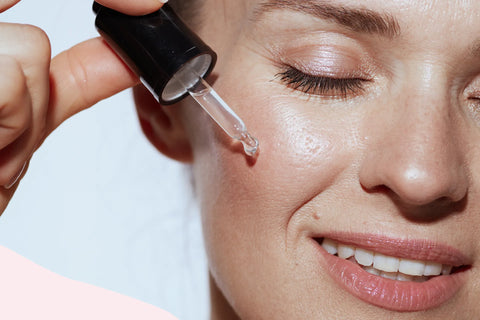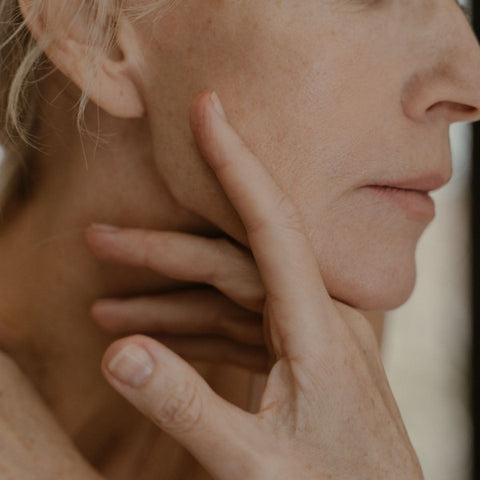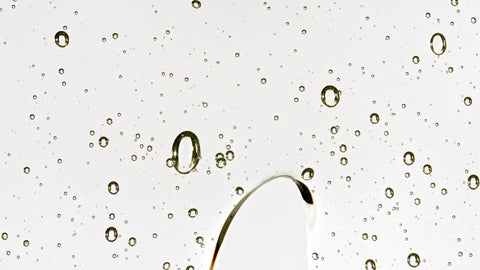Retinol vs. Retinoids: Which One is Right for Your Skin?
When it comes to anti-aging and acne-fighting ingredients, few are as effective as retinol and retinoids. But what sets them apart, and which one should you use? If you’ve ever been confused by these skincare powerhouses, you’re in the right place. In this article, we’ll dive deep into the differences, benefits, and best practices for using retinol and retinoids, helping you make an informed decision for your skin.
What Are Retinoids?
Retinoids are a family of Vitamin A derivatives known for their transformative effects on the skin. They work by accelerating cell turnover, unclogging pores, boosting collagen production, and addressing skin concerns like acne, hyperpigmentation, and fine lines.
Types of Retinoids:
-
Retinol: The most popular over-the-counter (OTC) retinoid.
-
Retinoic Acid (Tretinoin): A potent prescription-strength option.
-
Adapalene: A gentler retinoid often found in OTC acne treatments.
-
Retinaldehyde: A step closer to retinoic acid in strength and effectiveness.
What Is Retinol?
Retinol is a widely available OTC retinoid that is ideal for beginners or those with sensitive skin. Unlike stronger retinoids, retinol must be converted by the skin into retinoic acid, making it gentler but slower to produce results. With consistent use, retinol can help reduce fine lines, wrinkles, and mild acne while improving overall skin texture and tone.
Retinol vs. Retinoids: Key Differences
1. Strength and Potency
-
Retinoids: Prescription-strength, faster-acting, but more likely to cause irritation.
-
Retinol: Gentler, making it suitable for sensitive skin and beginners, but slower to show results.
2. Availability
-
Retinoids: Often require a prescription.
-
Retinol: Easily found in OTC products and skincare lines.
3. Results Timeline
-
Retinoids: Visible improvements in 6-8 weeks.
-
Retinol: Noticeable results in 8-12 weeks with consistent use.
4. Skin Sensitivity
-
Retinoids: Can cause dryness, redness, and peeling, especially for new users.
-
Retinol: Less likely to cause irritation, making it a better choice for gradual use.
Which One Should You Use?
The right choice depends on your skin type, concerns, and how quickly you want results:
Use Retinol If:
-
You’re a beginner looking for a gentle introduction to Vitamin A.
-
You have sensitive or dry skin.
-
You want gradual, long-term improvements in fine lines, wrinkles, and mild acne.
Use Retinoids If:
-
You have moderate to severe acne or advanced signs of aging.
-
You’ve already used retinol and are ready for a stronger option.
-
A dermatologist has prescribed it for your specific skin concerns.
How to Use Retinol or Retinoids Effectively
Start Slow
Begin by using retinol or retinoids twice a week, gradually increasing frequency as your skin builds tolerance.
Apply at Night
Both increase sun sensitivity. Always use them in your nighttime routine and apply sunscreen during the day.
Moisturize
Follow up with a hydrating moisturizer to combat dryness and irritation.
Monitor Your Skin
If you notice excessive dryness or peeling, reduce usage or buffer the product by applying it over your moisturizer.
Can You Use Retinol and Retinoids Together?
Question: Can retinol and retinoids be used simultaneously?
Answer: No, using both at the same time can lead to excessive irritation. Instead, start with retinol and transition to a stronger retinoid if needed, under the guidance of a dermatologist.
Final Thoughts
If you’re new to Vitamin A derivatives or have sensitive skin, Pal's retinol serum is an excellent starting point. For more significant concerns like severe acne or deep wrinkles, prescription retinoids can deliver faster results. Whatever you choose, consistency and proper usage are key.
At Pal’s Skin Lab, we offer high-quality Retinol Serum tailored for all skin types. Explore our collection to find the perfect product for your skincare journey!





Comments (0)
There are no comments for this article. Be the first one to leave a message!